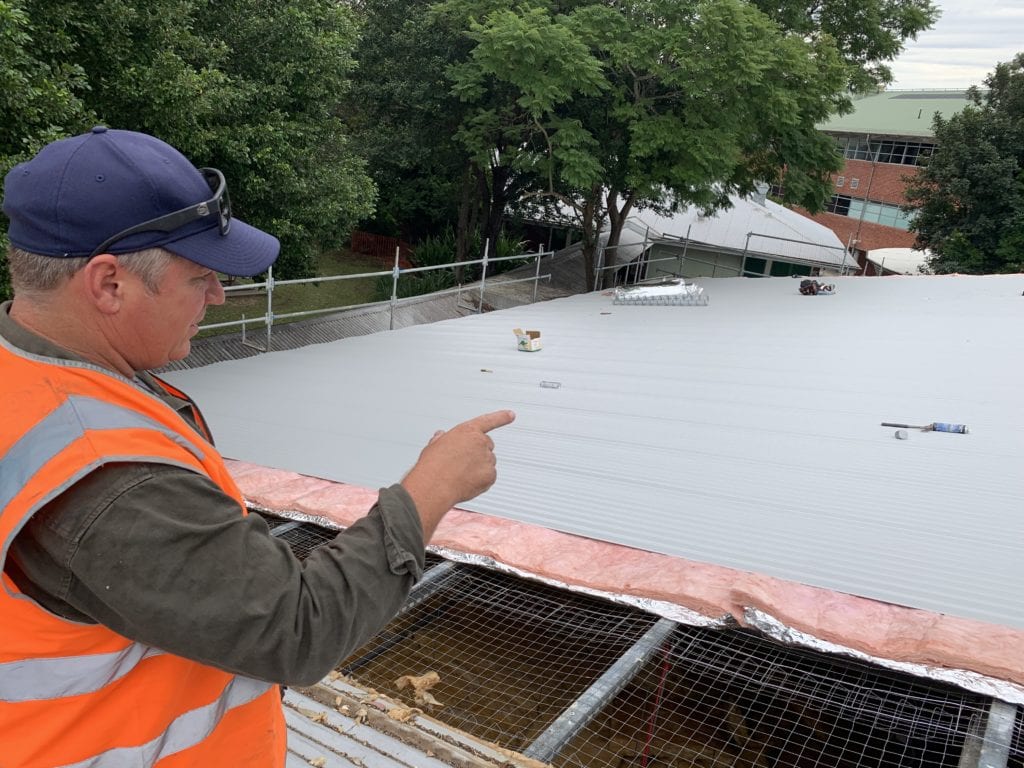Research from Procore’s 2020 How We Build Now report highlights the importance of technology for construction firms today. In fact, 62% of them believe it to be the single largest indicator for increasing profitability. What are the benefits for those construction firms incorporating technology and off-site construction into their plans?
Edwards Constructions, a company that has been designing and constructing award-winning infrastructure projects for both government and non-government organisations in NSW for over 35 years, expect to see more innovation in the industry. It believes that technology and the integration of off-site construction in a controlled environment is very much the future. It is confident many of the tasks construction firms currently manage on-site could be better delivered out of a factory.
“Pre-fab or off-site construction is good for quality and safety, is good for clients, and is good for the contractor’s bottom line,” explained Samuel Edwards, a director of Edwards Constructions.
Transforming Exposure to On-site Hazards
Edwards Constructions maintains multiple Federal, State and ISO accreditations for safety, quality, and environmental management to deliver safety and high-quality outcomes. The team has implemented Procore Tender Management, Project Management, Quality & Safety, Project Financials and Correspondence management tools for better transparency and accountability. With these solutions, the company could finally gain the efficiency benefits of a paperless project management platform.
“I think the technological integration from drawings to modular-type construction off-site reduces the exposure of workers to hazards on-site and improves overall reliability in the system,” he said. Edwards believes in the future usefulness of the Reliable Speed, which could, for instance, reduce the amount of time that contractors and subcontractors spend on-site.
Edwards feels the industry will see a growth in off-site manufacturing locations, responsible for producing detailed work in a factory setting. New developments in installation equipment, including technology improvements for cranes and access equipment, will change how these pieces are delivered and installed on-site.

The Accuracy of Touchpoints
The ingenuity of the construction sector players will see the next level of transformation, according to Edwards. He believes the construction firms themselves will drive the change rather than clients requesting innovative solutions on their own.
“With fully integrated project management platforms like Procore, we now can identify at the tender stage, which components can be modularised and built off-site to reduce our time and costs. We are focusing on winning projects on this basis,” he said.
And it will take the innovation the Procore platform provides to deliver on this vision. With only four to six weeks of a tender period, construction firms will not be able to face this challenge without a specialist project management platform.
“The touchpoints for everything we do in the tender period and afterwards will become more important than ever. This will eventually see 5-dimensional business information modelling and clash detection become common on much smaller projects, rather than where it is popular now—only on huge, multidisciplinary projects. We believe this will become part of our standard approach for project delivery in the future. We certainly feel very bullish about it,” Edwards said.
None of the future plans Edwards Constructions has would have been possible without Procore’s latest project management technologies and the multitudes of available apps.
“It’s no good to be trying to work from an outdated project management system, and hoping checklists are going to help you transform how you build,” Edwards said. “You need to be looking at cloud-based platforms with open APIs and an inclusive approach to integration with other software vendors.”
Leave a Reply